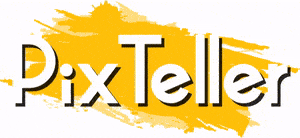Software Engineering Tools That Affect Team Productivity

Increase your productivity by creating your own fabulous designs with PixTeller
free image maker & online animation editor.
Many things increase the productivity of any team that is working on a project. From standing desks to communication and networking software like Teams, you can work together on projects with great productivity aided by tools and useful apps on your side.
Productivity is a huge factor for many employers because more work getting turned around equates to more profits coming into the business.
If you are looking for software engineering tools that will affect your team's productivity, you are in luck! There are many great products out there that can be used to enhance your team's productivity exponentially.
Development teams grapple with many moving parts within their workload and expectations daily, so anything that helps keep the team on track and working in the same direction is a big help!
If you are ready to learn more about the software engineering tools that can improve your team's productivity, read on!
What Are Tools That Affect Productivity?

Productivity tools solve problems like a lack of coordination between different team parts or issues with the organization of documents and files. They can also help individuals to be more on track but provide timekeeping or focus-inducing services that keep distractions at bay.
There are many benefits offered by productivity tools, always with the end result of increasing a person or a team's overall production.
These tools are marketed by many different designers, which is good news. This means that you can invest in a tool that suits your needs perfectly if you are willing to do a little research into the available options. Like a CI/CD tool can help in task automation thus resulting in increased productivity.
Picking the right productivity tool might involve speaking with your team and looking at the pain points that inhibit overall success, or it might involve testing a few options out with key team members before you invest in a solution that everyone will use.
Sometimes productivity tools are not needed, and you actually need overarching solutions that will take care of gaps in your team's ability to communicate, create, or manage projects effectively. You will need to isolate which kind of tools you are shopping for with care before implementing these kinds of solutions.
There is nothing worse than buying a productivity tool, only to find out that there is a more fundamental issue with the actual software engineering tool that you are using for projects.
Things to Consider Before Selecting a Tool

There are a few things to consider before you invest in any kind of software tool. First of all, you will need to be sure, first of all, that there are no inherent solutions that can be found within the processes that you are using to create and manage products and services.
If the issue is scrutinized, will you find that the current solutions you have in place are adequate and just are not being leveraged properly? If so, you can adjust your internal workflow or improve your current processes to be more productive.
Another factor that you need to determine is whether there will be enough of an uptick in productivity and income to justify buying an expensive software product. If you do not see an indication that investing in the tool will create more income for your business, you might want to table the purchase and look into more affordable options that might solve your productivity needs.
At the end of the day, there are many ways to leverage software engineering tools to increase your team's productivity. You will need to analyze each possible solution carefully before committing to a solution that does not improve productivity once implemented.
Software Engineering Tools That Affect Team Productivity

These are some of the best software engineering tools that will improve your overall team communication and productivity as soon as they are woven into your overall workflow.
They may not be perfect for every single need, but they can solve most of the issues that hinder software engineering teams from wrapping up projects efficiently and with good results.
Many of these tools can be used with other solutions that you already have in place, so you will only be adding to your overall suite of solutions without having to dispose of a productivity tool that is already doing good things for your business.
HP's Agile Manager

HP's Agile Manager is a great HP product that offers up a useful model that takes a working code under development from the planning stage through to the release. The parts of the code are broken out into sprints that are assigned to unique teams who follow the steps laid out by the software as they work on their part of the code that is needed for the project.
Being able to see what each team is up to is a huge help to management, but it can also help the team as a whole to stay on track.
This is a great tool if you like central oversight of creative processes, and you can invest some effort into the original planning stage as a team. The dashboards used for this tool are easy to use and clarify what the other teams involved in the process are up to. This keeps everyone on the same page and makes for a cohesive team approach to problem-solving across the entire project.
This is a great project management-style solution that can also pull in information from other products like Jenkins, Git, and other solutions that you might have in place for niche parts of your project.
The stories function shows other users what they need to know about these other products and how they tie into the overall end goals of the projects. If you don't want to have to be in a ton of places all at the same time, you should consider HP Agile Manager as a possible project management solution for your team.
GitHub

GitHub is a great solution if you have various teams working on code who are not connected through other means of communication or collaboration. This can be a common pain point for large projects that leverage designers and team members who are not directly involved with other projects or who are external to the company itself.
GitHub stores code in a central location that is accessible to approved users. This means that code can be readily sent for review or shared with other team members readily through this central storage location. This is the perfect solution if you cannot just send an internal email to someone working on a portion of the project that you are creating.
GitHub is used by many development companies who work across long distances or with overseas partners because of its secure repositories that are available in different sizes and at different levels for a team or individual use.
Even if you only have a few people who need to access this stored code, if you struggle to share information securely from one company to another, this is the right solution for your needs.
Active Collab

Active Collab tool is a really great fit for projects that require lots of written documentation to be tracked as they pass through many different hands. Between tracking document versions and helping assist with the storage of a large number of documents and code segments, this clever tool makes transferring code from one team to another seamless and painless.
The tool allows you to assign and track unique project segments while also displaying clear goals and timelines to everyone who is using the tool. The idea is to track every piece of the project from conception to completion with ease and clarity.
The project management side of this tool helps track time and accounts for scheduling with a shared calendar that highlights due dates, and team activities. This keeps everyone in the loop about the overall project and makes it easier for managers to track production and do goal-setting. This is the best tool for projects that involve a lot of documentation and a lot of code.
Pivotal Tracker
If you need to track goals and landmarks for your project but do not need to share or manage code segments within your software engineering tool, then Pivotal Tracker is the right choice for your needs. There are many other tools from Pivotal Labs that you might already be using, but the tracker is meant to use a whiteboard function to display goals and discussions that are then broken out into tasks that are tracked daily.
This is a lot like a virtual brainstorming session that is conducted daily and tracked throughout the workday. This tracker can provide the bones upon which the project is built for quick turnaround projects or agile teams that are not large in size. This tracker can provide the bones upon which the project is built.
You will enjoy the easy-to-use ranking system that creates lists, and the tool allows you to pick and choose which part of the stories assigned to the project you need to see every day.
This is a great tool for lightning-round development styles and projects that need to move quickly based on daily goal setting.
VersionOne
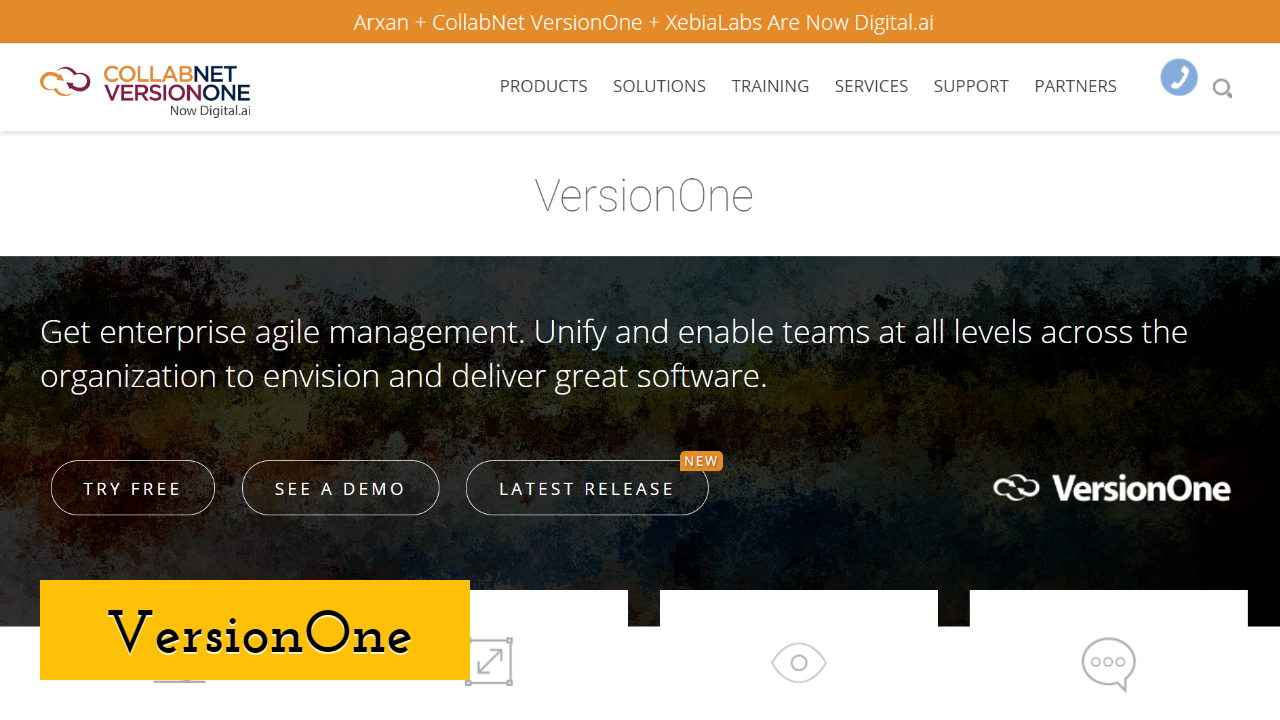
If communication is the main pain point in your organization, then VersionOne can help! This clever tool allows you to define all of the groups that are involved with a development project, and then you can assign them tasks and goals that everyone can see.
As the team works on goals and meets landmarks, the other teams can observe and interact with their processes, making it possible to connect all the dots in one location.
This is a great tool for fostering communication as well because the ideas and stories that are involved with each team are so visible. This means that code can be discussed and developed between groups readily and with transparent communication behind it. No more miscommunication that leads to a need to retool portions of the project near the completion date.
If your organization uses sprints and needs to share the information related to each team's work daily, this tool will allow you to organize, assign, and discuss the steps of a project without conflict or confusion.
This tool is also perfect to leverage if you have more than one project manager involved in the work. Keeping everyone on the team, from designers to managers, on the same page is a huge help to overall project outcomes and productivity.
Git
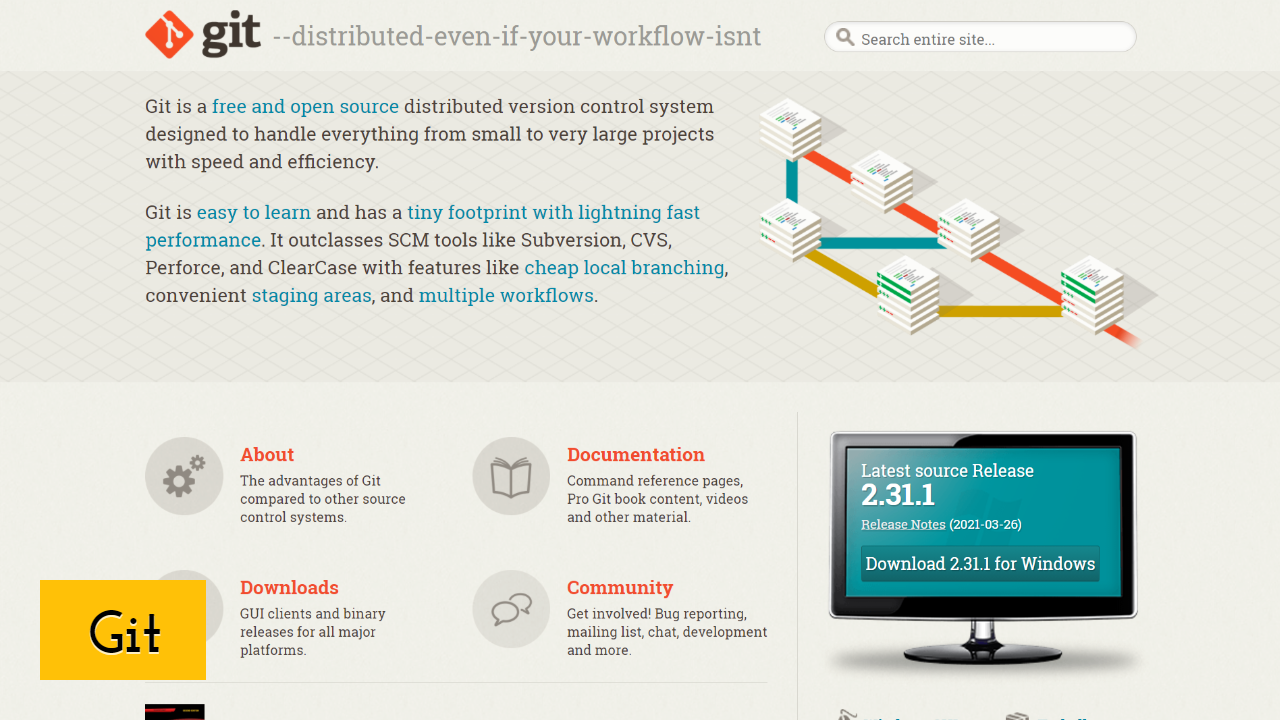
One of the widest supported productivity tools that software engineers can leverage today, Git makes it possible to host lots of information in a cloud infrastructure. This means that you will have a central repository for code and other information that needs to be shared and accessed by many team members throughout the project's life.
This makes it easy to handle situations where someone is gone on leave without sharing the code they were working on and solving issues related to making certain project materials available to anyone involved in the project.
This is a deceptively simple tool, but it can create big results if you run into roadblocks related to sharing code and keeping the team connected. This tool is easy to leverage late in a project because the code you need can be merged with other designers' code easily and seamlessly as the project nears completion.
This is a great tool if your team wants to speed up information sharing and code cohesion as projects come to a close. When paired with a management software solution, Git can be a powerful closer to bring into the project as it nears the wrap-up stages.
JIRA Agile
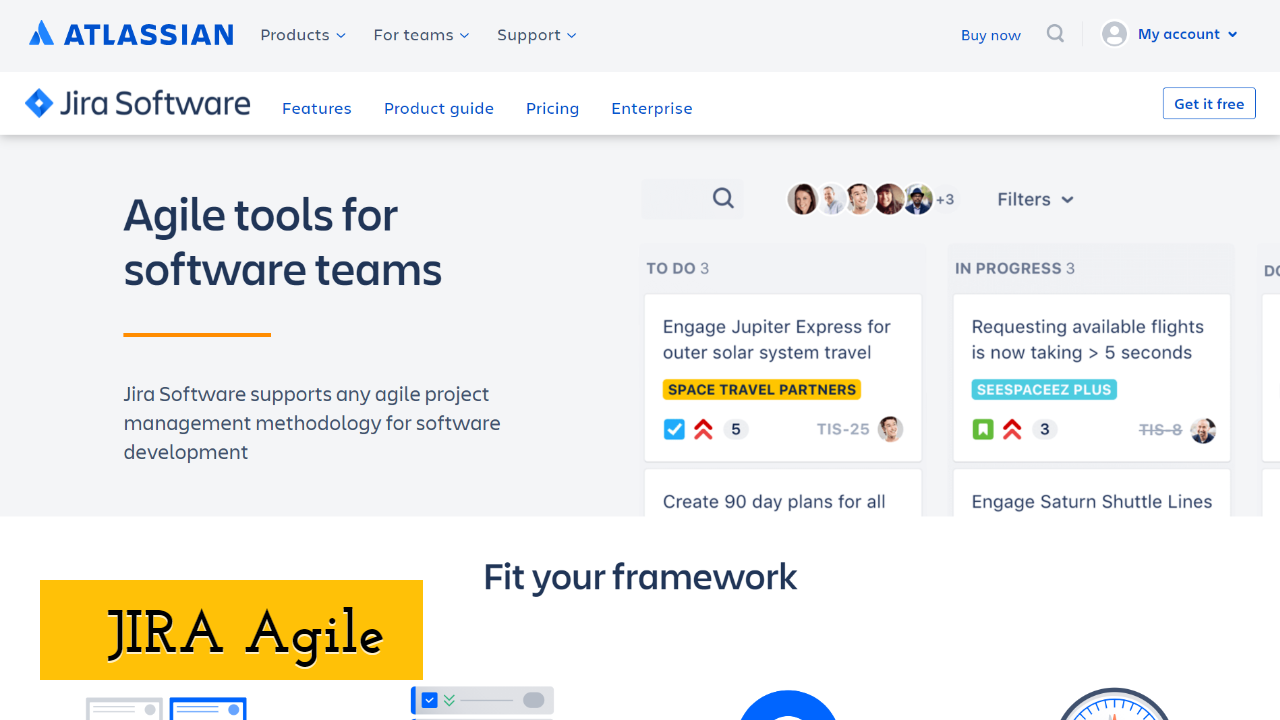
Are you working on a project that requires daily brainstorming and a think tank-style of attack and planning? If so, JIRA Agile is a great solution for your needs. This clever tool allows you to create a list of projects that are collated on a task board. The tasks are visible to everyone and are assigned and updated as needs change or shift during the project.
The information related to the underway steps is available on Kanban boards that everyone can see and discuss throughout the project. These boards can be leveraged to interact with products like Bamboo to show testing results as they are collated, or the boards can be used to interface with a chat solution like HipChat.
Being able to index and shift priorities and chat channels in this way can be a big help when you are trying to create a unified brainstorming process daily. JIRA Agile removes the barriers to the review of the sticky points of a project and makes it easy for everyone involved in the project to discuss, examine, and redefine the project as needed.
Jing
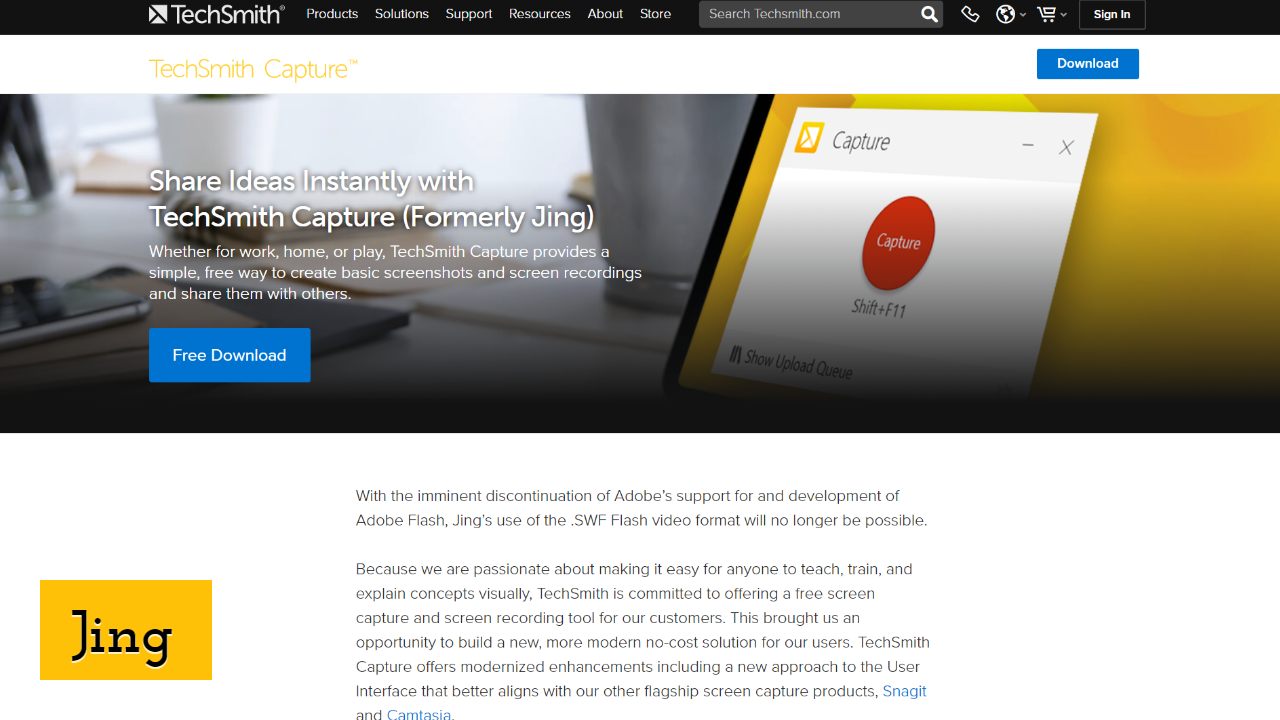
Jing is a great help if testing is giving you and your team headaches. Tracking bugs and errors can be tough to do if screenshots are not taken correctly, or if the error has only shown up occasionally. You still need to solve this error and make it stop showing up, but it can be hard to know what produced it in the first place.
This is where Jing comes in. Jing is a screenshotting tool that takes screenshots readily and immediately through the use of hotkey functions. This tool is a great way to grab immediate images of bugs and glitches as they occur during testing. You can use the information that is captured through these screenshots to fix these errors before they become buried in other confusion.
Jing also takes screenshot videos which can grab many steps in the process of an error so that you can better analyze what has caused them.
Taking the guesswork out of troubleshooting can be a huge relief when you have run into a bug that is not easy to reproduce during testing. Being able to handle and correct bugs and glitches well before a project is complete saves time and money for everyone.
Final Thoughts
Creating a smooth pathway that leads to the end of a project is a major benefit to leveraging software engineering tools that generate productivity. Most of the roadblocks to productivity are related to a lack of easy information sharing and a lack of communication between parts of the team.
Being able to store all of the information related to a project in a centralized location that fosters information sharing and communication can make all the difference between a successful project and one that limps along.
If you are ready to transform your software engineering processes to enhance productivity, you will want to have the right tools on your side.
Invest in the right combination of productivity solutions, and your team will be on track to create amazing results with ease every day!
Until next time, Be creative! - Pix'sTory made by Gabe Nelson


